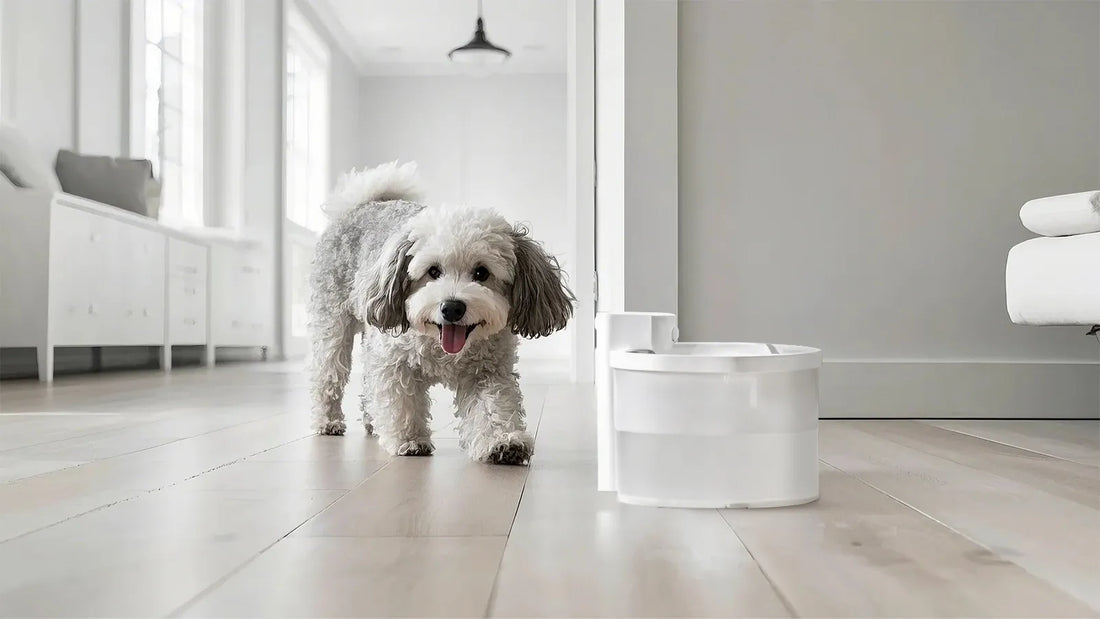If your dog won't eat from a bowl but will happily eat from your hand, you're not alone. This puzzling behavior is more common than you might think, and it can leave pet owners feeling frustrated and concerned. Understanding why your dog behaves this way is the first step toward finding a solution that works for both of you.
Possible Reasons Why Your Dog Won't Eat from a Bowl
There are several reasons why your dog might refuse to eat from a bowl but will eat from your hand. Let's explore some of the most common causes.
1. Anxiety or Stress
Dogs are sensitive creatures, and changes in their environment can lead to anxiety or stress. If your dog associates their bowl with a negative experience, such as a loud noise or a scolding, they may avoid it altogether. Eating from your hand, on the other hand, might feel safer and more comforting.
2. Medical Issues
Sometimes, a dog's refusal to eat from a bowl can be a sign of an underlying medical issue. Dental problems, gastrointestinal discomfort, or even a sore neck can make it difficult or painful for your dog to eat from a bowl. If you suspect a medical issue, it's essential to consult your veterinarian.
3. Preference for Interaction
Dogs are social animals, and some may simply prefer the interaction that comes with being hand-fed. Eating from a bowl can feel isolating, while eating from your hand allows them to bond with you.
4. Bowl-Related Issues
The type of bowl you use can also play a role. Some dogs dislike the material, size, or shape of their bowl. Others may find the sound of their collar tags clinking against the bowl unsettling. Experimenting with different bowls can help you identify the issue.
How to Address the Problem
Now that you understand some of the possible reasons behind this behavior, let's discuss how you can address it.
1. Create a Positive Eating Environment
Make mealtime a positive experience for your dog. Place their bowl in a quiet, comfortable area where they feel safe. Avoid scolding or rushing them during meals, as this can increase anxiety.
2. Gradually Transition to the Bowl
If your dog is used to being hand-fed, transitioning them back to a bowl may take time. Start by placing a small amount of food in the bowl and offering it alongside hand-feeding. Gradually increase the amount of food in the bowl while reducing the amount you hand-feed.
3. Experiment with Different Bowls
Try using bowls made from different materials, such as stainless steel, ceramic, or plastic. You can also try shallow dishes or elevated feeders to see if your dog prefers a different style.
4. Rule Out Medical Issues
If your dog's refusal to eat from a bowl persists, consult your veterinarian to rule out any medical problems. Addressing health concerns is crucial for your dog's well-being.
5. Incorporate Interactive Feeding Toys
Interactive feeding toys can make mealtime more engaging for your dog. These toys encourage your dog to work for their food, which can help them associate their bowl with a fun and rewarding experience.
When to Seek Professional Help
If you've tried multiple strategies and your dog still won't eat from a bowl, it may be time to seek professional help. A certified dog trainer or animal behaviorist can assess your dog's behavior and provide personalized guidance.
Understanding why your dog won't eat from a bowl but will eat from your hand is key to resolving the issue. With patience, experimentation, and the right approach, you can help your dog feel more comfortable and confident during mealtime. Start by identifying the root cause and implementing the strategies outlined above. Your furry friend will thank you!













